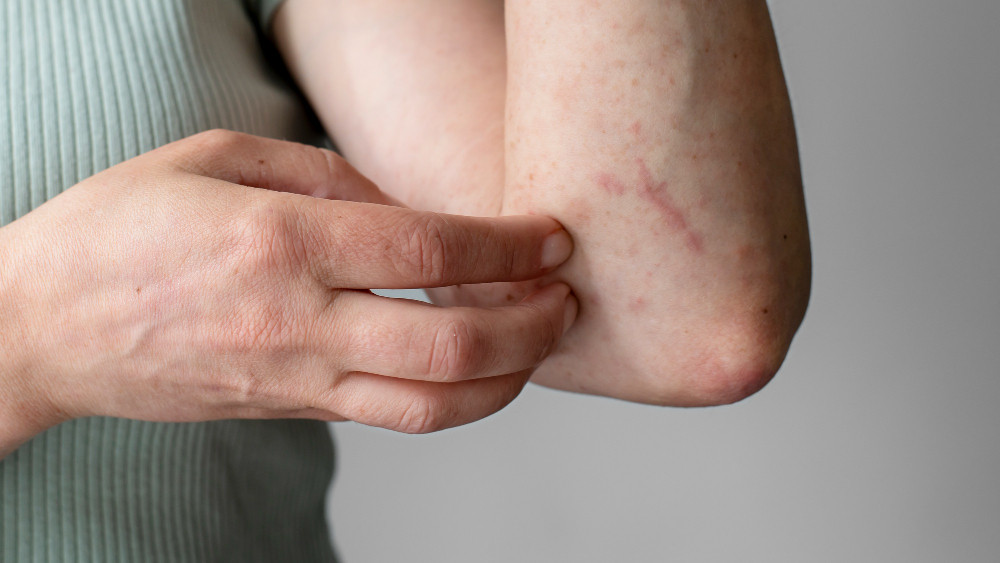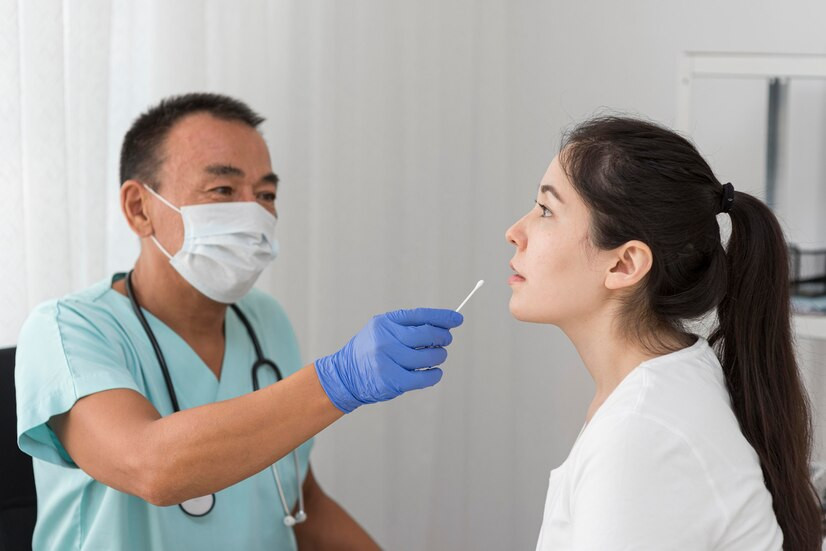Smallpox and chickenpox are two conditions that are often mistaken for one another due to their similar names and symptoms. However, these are distinct diseases with different causes, symptoms, and health impacts.
Let’s explore the key differences between these two diseases!
What is Smallpox?
Smallpox, also called variola, is a disease caused by infection with the Variola virus. It has existed for thousands of years and was once one of the deadliest diseases known to humanity.
Initial symptoms of smallpox include a high fever, fatigue, headache, and body aches. A few days later, a red rash emerges, which develops into fluid-filled bumps across the body, especially on the face, arms, and legs.
The virus spreads through direct contact with an infected individual or droplets from coughs or sneezes. It is highly contagious, especially during the early stages when the rash appears.
What is Chickenpox?
Chickenpox, or varicella, is caused by the Varicella zoster virus, a member of the herpesvirus family. It is generally milder than smallpox and rarely leads to death.
Chickenpox symptoms usually develop 10-21 days after exposure. Initial signs include fever, loss of appetite, headache, fatigue, and general discomfort. Shortly after, a rash appears in stages, starting as bumps, evolving into fluid-filled blisters, and eventually forming scabs over several days.
Chickenpox is highly contagious and can spread via airborne particles or direct contact with fluid from broken blisters.
Main Differences Between Smallpox and Chickenpox
There are several notable differences between smallpox and chickenpox, including:
Disease Occurence
Smallpox is nearly extinct, with the last case reported in 1978. In contrast, chickenpox remains common, especially in children.
Disease Severity
Chickenpox is generally a mild infection and usually resolves without serious complications. However, complications can arise in individuals with weakened immune systems, infants, pregnant women, and the elderly.
Smallpox, on the other hand, was much more dangerous, often fatal, and associated with severe complications like pneumonia, secondary bacterial infections, and brain inflammation.
Rash Appearance
Although chickenpox and smallpox rashes might look alike at first, they have important differences. Chickenpox rashes tend to spread across the body uniformly, appearing at different times and affecting different parts of the body. The rash usually starts on the face, head, or upper back before spreading to the abdomen and chest. It begins as red spots that turn into fluid-filled blisters.
In contrast, smallpox rashes appear simultaneously across the body and are more uniform in their distribution.
The Needs for Vaccine
The smallpox vaccine is no longer necessary for most people since the disease was eradicated globally in the 1980s. However, the chickenpox vaccine is still recommended for children around the age of 1, with a booster between ages 4-6.
Understanding the difference between smallpox and chickenpox is important for preventing transmission and recognizing the value of vaccination. If you have further questions about these diseases, consult a doctor. You can also use the Ai Care health consultation app, available on the App Store and Play Store.
Looking for more information on other diseases? Click here!
- dr Hanifa Rahma
Cleveland Clinic (2023). Smallpox. Available from: https://my.clevelandclinic.org/health/diseases/10855-smallpox
CDC (2024). About Chickenpox. Available from: https://www.cdc.gov/chickenpox/about/index.html
R. Morgan Griffin (2023). What’s the Difference Between Smallpox and Chickenpox?. Available from: https://www.webmd.com/children/vaccines/smallpox-chickenpox-differences
Mayo Clinic (2022). Smallpox. Available from: https://www.mayoclinic.org/diseases-conditions/smallpox/symptoms-causes/syc-20353027
Mayo Clinic (2023). Chickenpox. Available from: https://www.mayoclinic.org/diseases-conditions/chickenpox/symptoms-causes/syc-20351282












